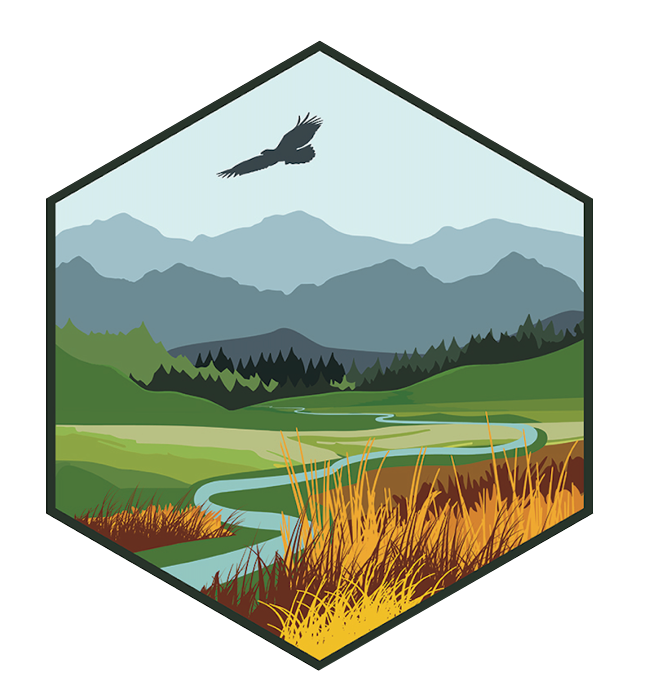Recording Available: Assessing the Future of Sagebrush Ecosystems
Sagebrush rangelands occupy 76 million hectares across western North America and provide a wide range of ecosystem services, notably wildlife habitat. However, these sagebrush rangelands are being transformed by combinations of wildfire, invasive species, and drought.
New Climate Dataset Offers High-Resolution Projections of Future Drought Risk Across the U.S.
A newly published dataset, developed by the NC CASC in partnership with ClimateToolbox.org, provides detailed projections of the Standardized Precipitation Evapotranspiration Index (SPEI) for the contiguous United States.
Contact Us
Want to see more? Do you have feedback? Was this site helpful? Send us an email!

